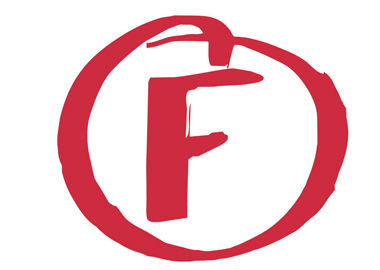Metro Nashville Public Schools finds itself in a bit of a budget crunch. NewsChannel 5 has this report:
Teachers braced for impact after Metro Nashville Public Schools Director Dr. Shawn Joseph made the stunning admission that the district was set to lose $7.5 million in state funding, due to a unpredicted drop in student enrollment numbers.
A grim fiscal outlook for next fiscal years, means some principals may be forced to cut as many as 17 positions at schools where enrollment decreases are the highest.
For the first time in 15 years, Metro Nashville Public School’s enrollment numbers have dropped. District officials thought they would add more than 1,500 students in 2017 instead the district lost 500 students.
Nashville education blogger TC Weber offers this analysis:
The memo raises a number of issues for me. Joseph cites an unexpected enrollment decrease this year, which means $7.5 million less in state funds. Why the decrease? All of us can look around and see that Nashville is growing by leaps and bounds, so why is enrollment dropping? I’m not discounting that there may be perfectly legitimate reasons for this decline, but shouldn’t that be grounds for discussion? Shouldn’t there be a strategy to counter the pending decline in enrollment? Is this a trend or an outlier?
Joseph goes on to outline steps that the administration is taking to counter the loss. Steps that only make me more confused.
“All spending for the remainder of the year should be carefully reviewed and placed on hold if not essential to operation or to the implementation of our district priorities.” Huh? Does he presume that there are schools out there sitting on bags of money that they are planning to spend without consideration? Has this review not already been done? Shouldn’t this have been a part of the initial budget process last year?
His next bullet point talks about scrutinizing travel. Was this not promised last year? Did we stop scrutinizing travel somewhere along the way?
Here are some thoughts I’ve had as I try to digest this news and what it means:
First, how was MNPS this far off in projecting student enrollment? The district projections indicated growth of 1500 students and budgeted accordingly. As TC points out, Nashville is growing rapidly, so one would expect the student population to reflect that. Additionally, the team running the numbers at MNPS has been in the business for some time. Sure, they may not always hit the nail on the head, but they were significantly off the mark this time. In fact, district officials expected MNPS to grow by the size of an entire high school and instead, they lost the population of an elementary school. Why? As TC wonders, is this an outlier?
Second, in the grand scheme of the MNPS budget (approaching $900 million), the amount of funds lost is relatively small. To put it in context, let’s say your household budget was based on a family income of $100,000. Then, you learn that you won’t get the customary year-end bonus. Bummer! You’ll be out a total of $850 for the year. Yes, MNPS is losing less than 1% of it’s total projected revenue. If this were your family budget, would you freak out? Even if you knew you couldn’t count on that $850 next year, you’d probably make a few minor adjustments and move forward.
Now, I know school system budgets aren’t family budgets and that $7.5 million is certainly important. I also would expect MNPS to build-in funds for unexpected surprises — like losing an entire high school worth of students. Nashville as a city has the ability to provide excellent funding for schools. Instead, the city faces a teacher shortage and significant numbers of students shifted to virtual learning.
While there is certainly some blame to be laid at the feet of Metro Nashville leaders, it also bears noting that our state significantly under-funds public schools. According to Tennessee’s Comptroller, we’re short some $500 million as state in terms of what we need to properly fund the BEP — the state’s funding formula for schools. If that formula were properly funded, MNPS would see some $30 million a year in new revenue. Even if you account for the unexplained drop in students (and resulting loss of state funds), you’d see just over $21 million a year in new money.
The MNPS School Board is set to take up the budget issue at tomorrow night’s meeting. It will be interesting to learn more about why this situation happened and what can be done about it.

For more on education politics and policy in Tennessee, follow @TNEdReport





